Tag: liver
-
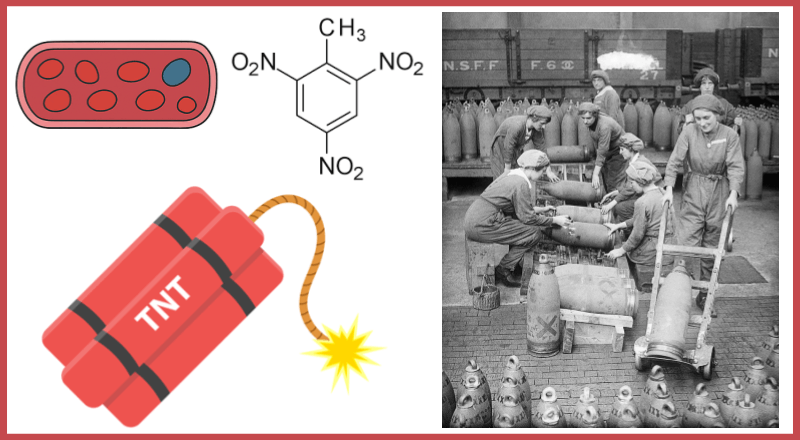
Case Study – Canary Girls and Toxicology
If you’re looking for a lesson that blends chemistry, physiology, history, and human stories in a way that truly resonates with students, the Canary Girls case study is a standout resource for your classroom. Based on the historical accounts featured in the book Canary Girls, this case study invites students to explore the real experiences…
-
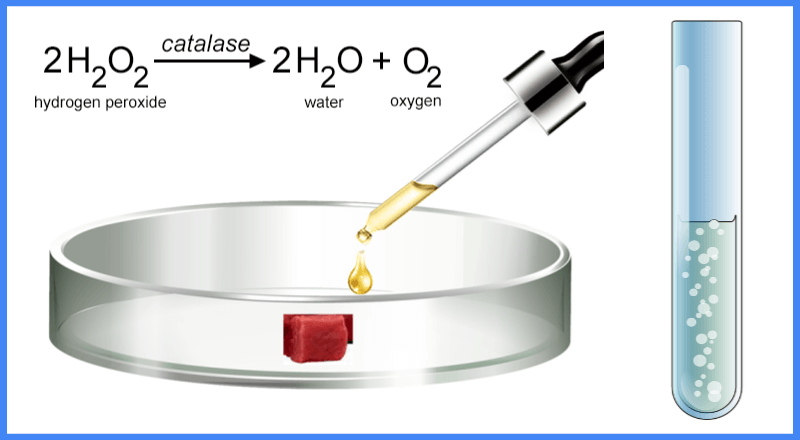
Lab: How Do Enzymes Work
Explore how enzymes work with this engaging lab. I redesigned this lab with freshman students in mind. The directions are simple. Students drop hydrogen peroxide onto raw liver, and observe the bubbling. The bubbles are oxygen as it is being released in the reaction. The lab handout includes a background section that explains how enzymes…
-
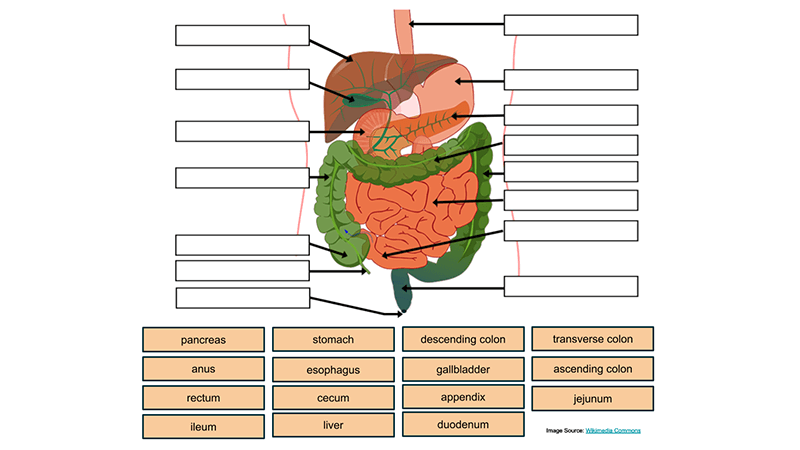
Digestive System Drag and Drop with Quiz
Use Google slides to label the digestive system. This set was made for anatomy students to practice labeling the alimentary canal and biliary system.
-
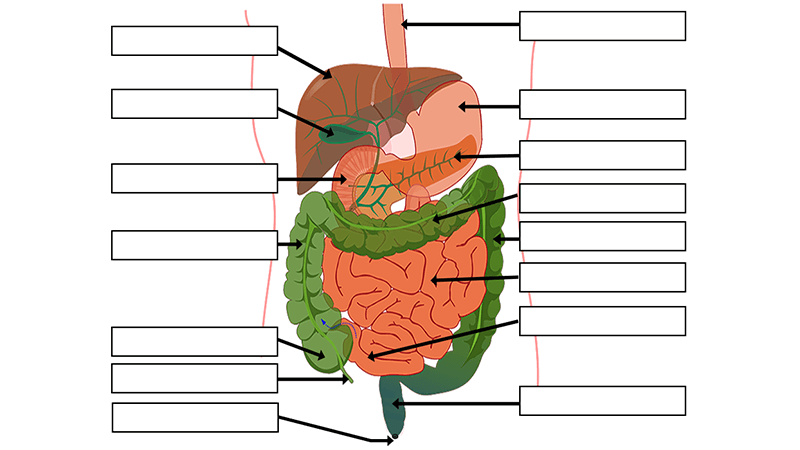
Label Digestive System
This worksheet was designed for anatomy students to practice labeling the organs of the digestive system. It is a little more advanced than what is typically seen in health or basic biology classes because it includes the three sections of the small intestine (duodenum, jejunum, ileum) and the three sections of the colon. (Note: I…
-
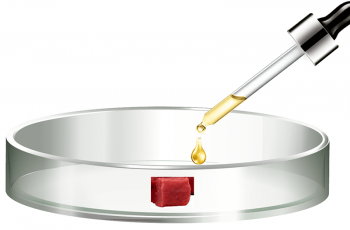
StoryLab: How Enzymes Work
This story lab aligns to an investigations students do with enzymes where they put hydrogen peroxide on liver and observe bubbles produced from the reaction with catalase. This investigation has several versions for different levels of biology (regular track, intro, and AP) though the story lab was intended for the intro track students who do…
-
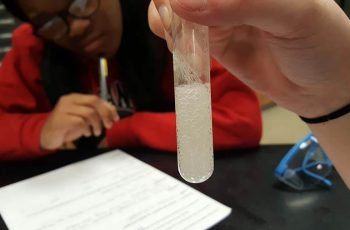
Investigation: How Do Enzymes Work?
This lab is fairly basic, but when given with guided instruction how enzymes catalyze reactions, students can have a hands-on experience into how proteins are related to function.
-
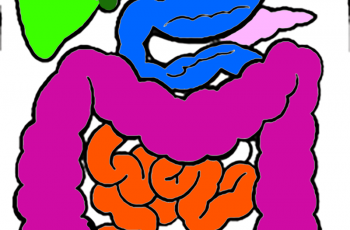
Model the Digestive System with Coloring
The digestive system is a series of organs that work together to break down food into nutrients that the body can use. The digestive system includes the mouth, esophagus, stomach, small intestine, large intestine, rectum, and anus. Coloring activities can be helpful to give students a chance to model the organ systems. I short, coloring…
-
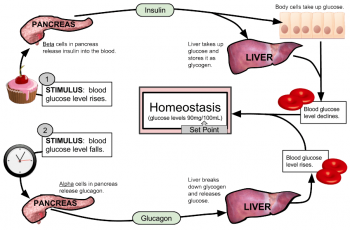
Feedback Loops: Insulin and Glucagon
The Next Generation Science Standards includes feedback loops and homeostasis as a standard for life science. While homeostasis is a theme for many units in biology, feedback mechanisms are fairly specific. In fact, this is probably the most oddly specific topic found in NGSS. If you are trying to include it, most younger students…
-
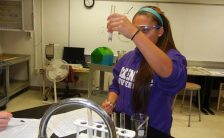
Investigation: Enzymes Activity with Catalase
Have you ever noticed that when you pour hydrogen peroxide on a wound, it bubbles? The reason is that bacteria and your own tissue contains an enzyme that breaks down the peroxide. Peroxide splits into a molecule of water and a molecule of oxygen, which causes the bubbles. In a series of tests, students observe…

